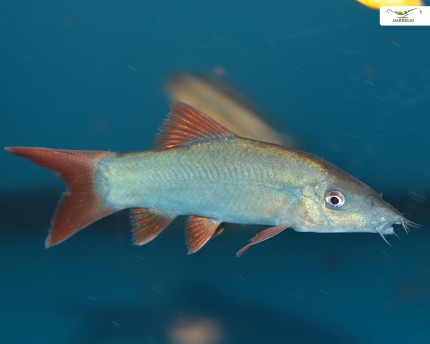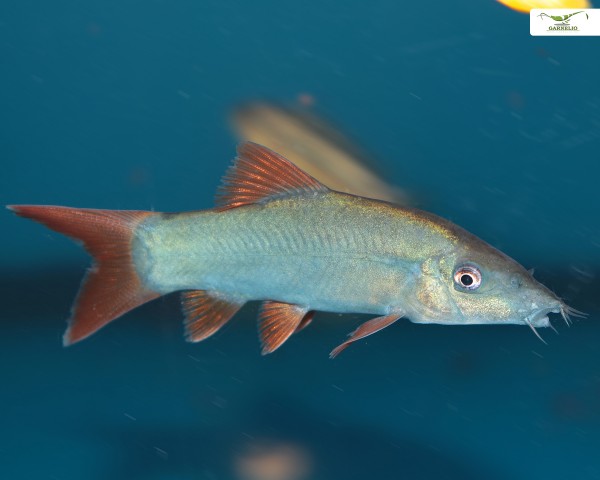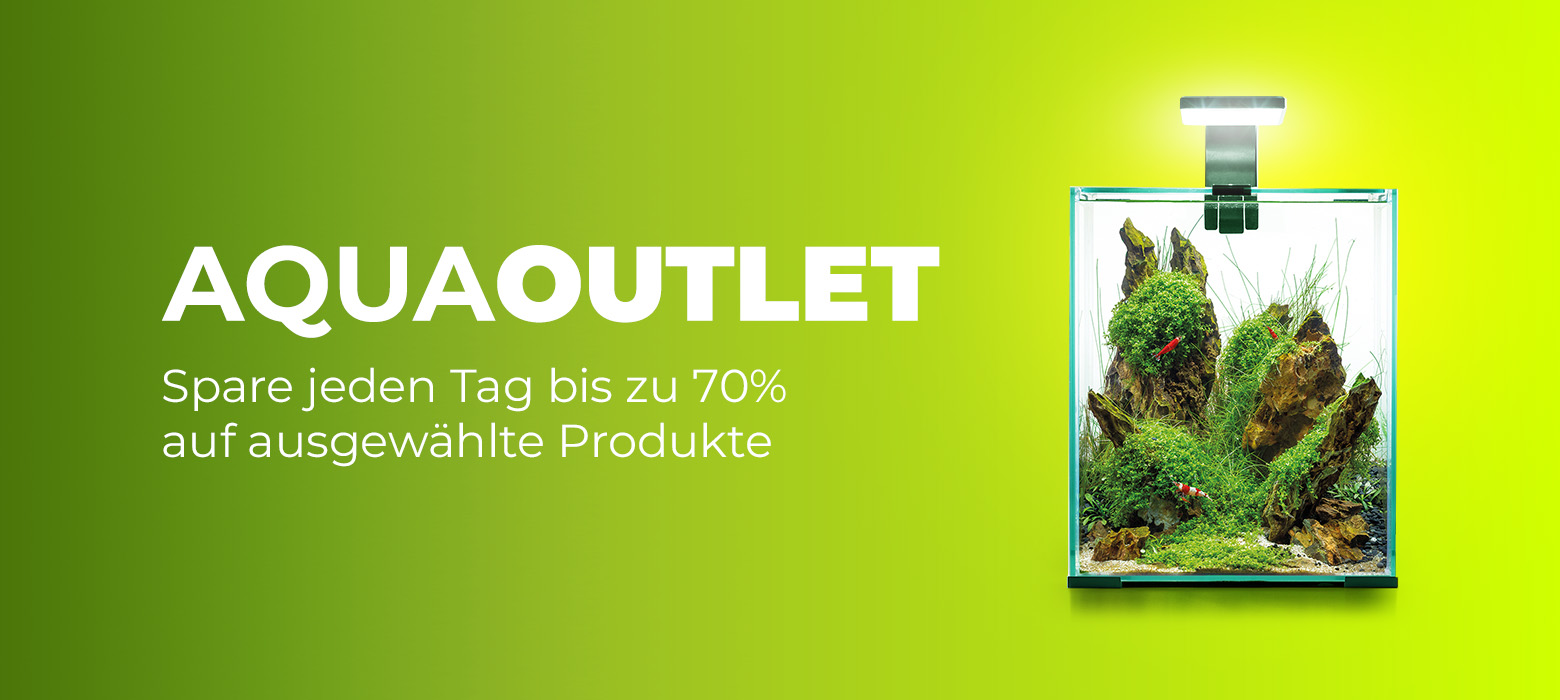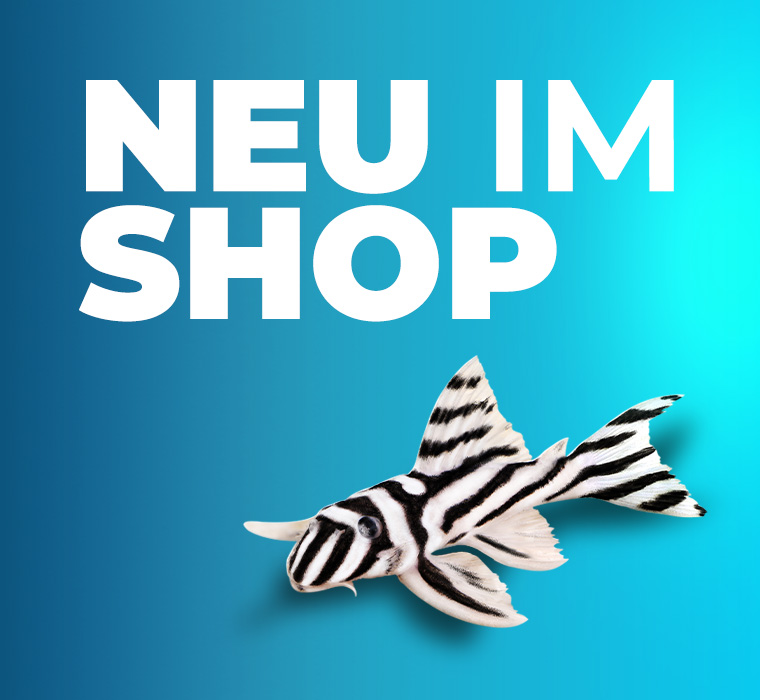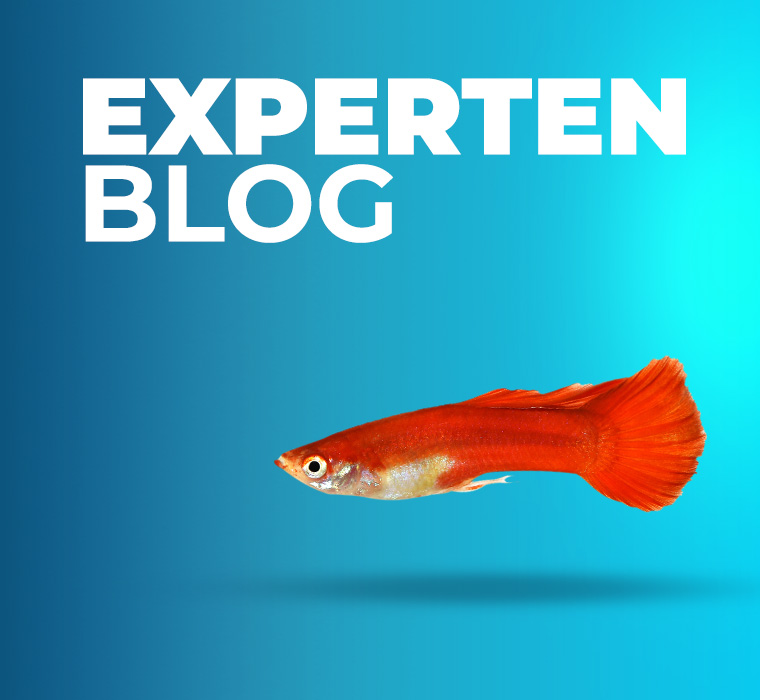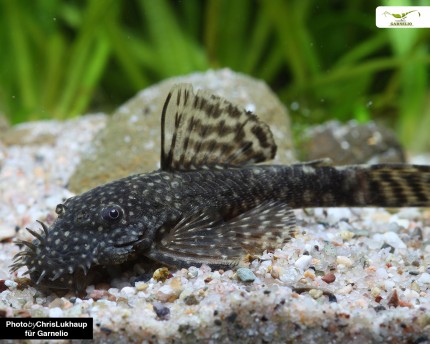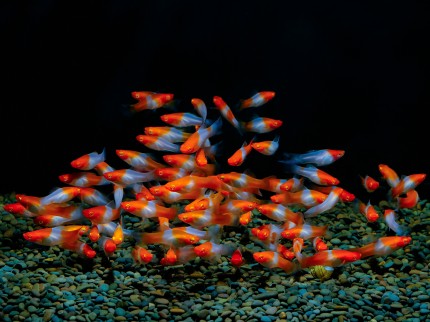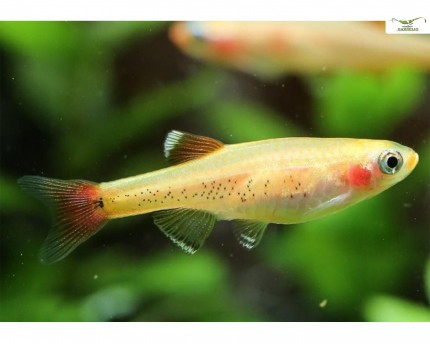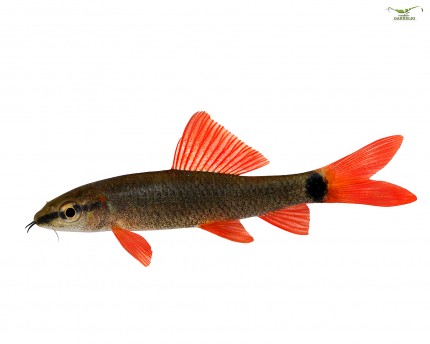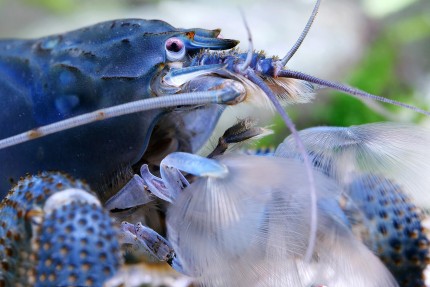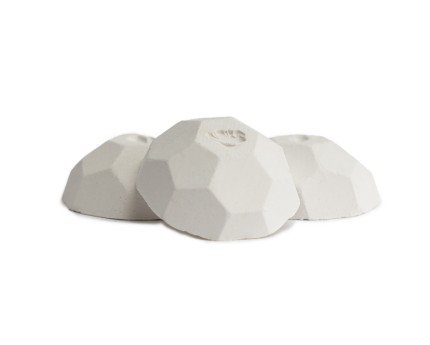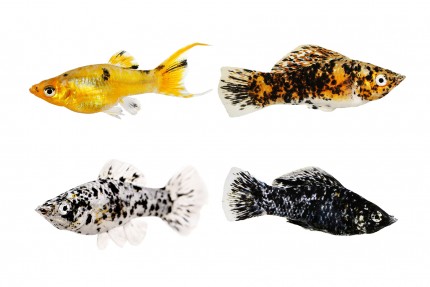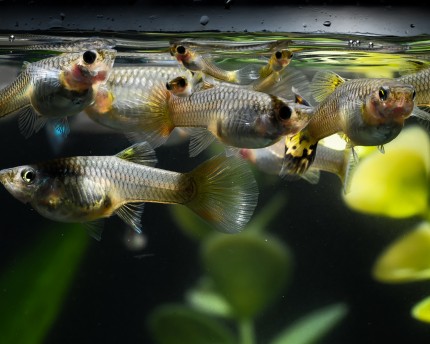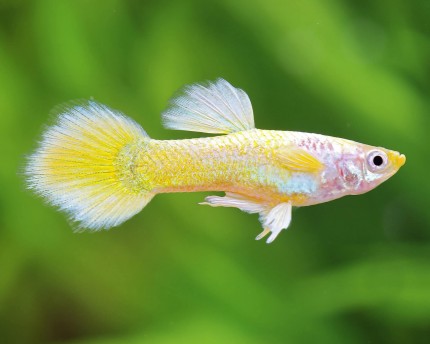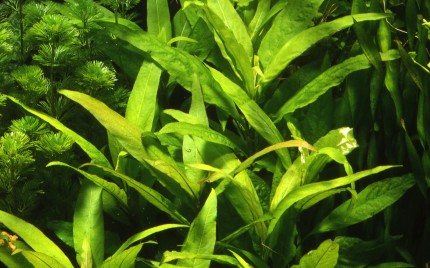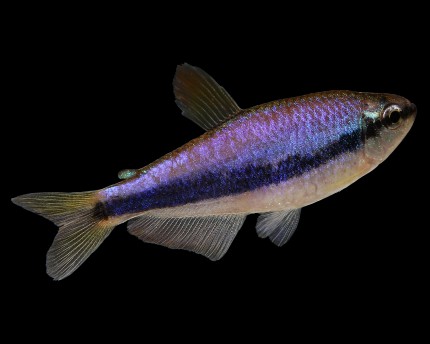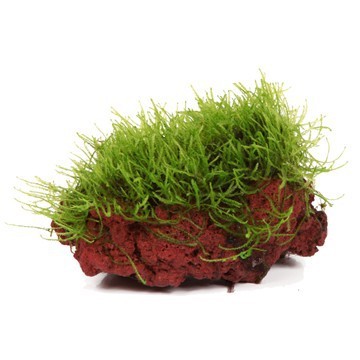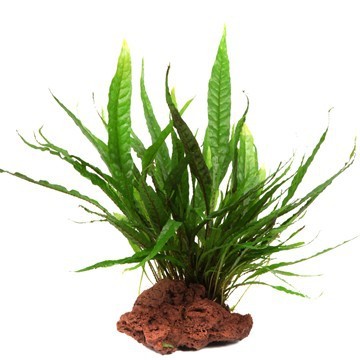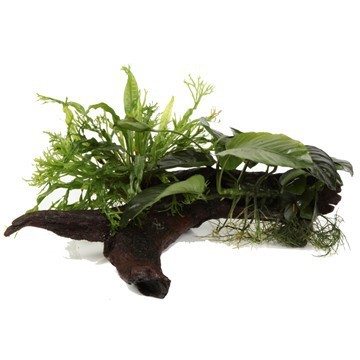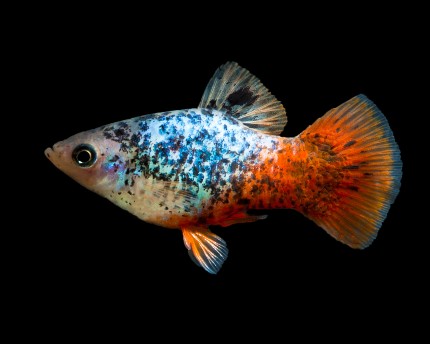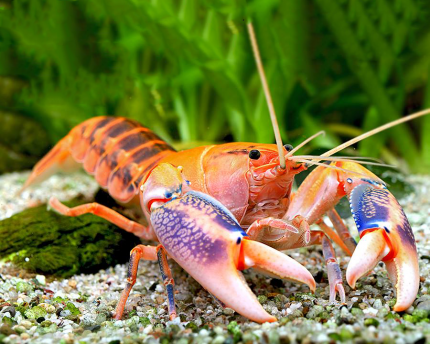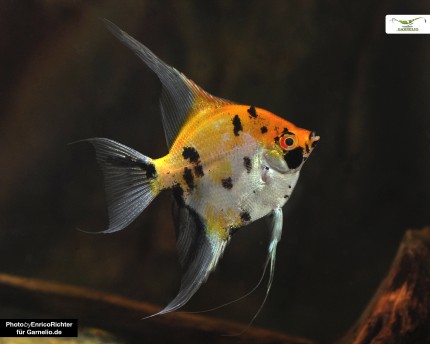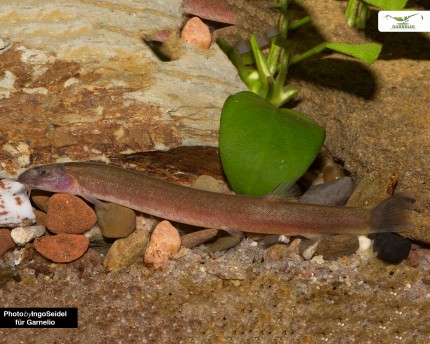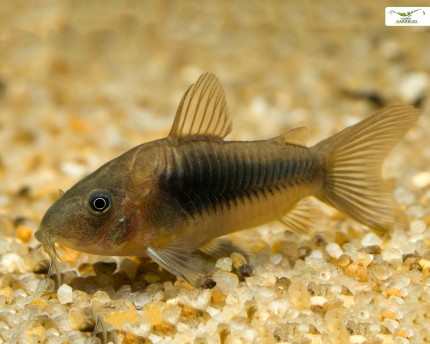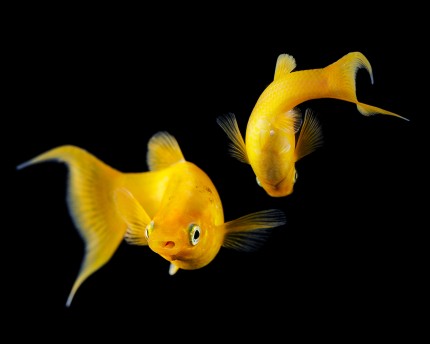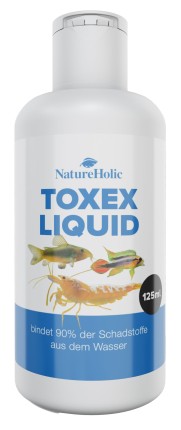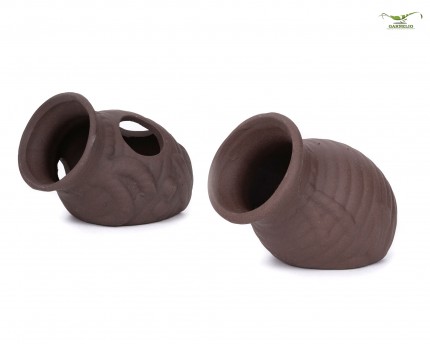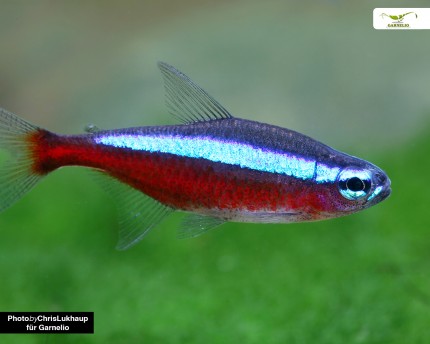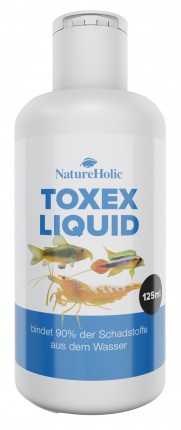incl. VAT plus shipping costs
Ready for shipment in 2 Day(s)
Delivery only innh. Germany and Austria possible.
Switch to the German store
- Item no: 7152
Fast delivery times
All products are in stock with us!14 years of breeding experience
Let our team of experts advise you!High customer satisfaction
from over 3,000 reviews "| Water values: | soft to hard |
| Visual effect: | Swarm behavior |
| Temperature: | 20-25 °C |
| Behavior: | Active |
| with snails/shells?: | No |
| Aquarium size: | 250/300 l (approx. 120cm) |
| Fish group: | Loaches |
| Final size: | > 12cm |
| Pelvic region: | Below |
| Planting possible?: | Yes |
| Origin: | Asia |
| Difficulty: | 1 - Simple |
| Feature: | dynamic group behavior |
| with large crabs?: | No |
| with fish?: | conditional* (see description) |
| Breeding: | heavy |
| Diet: | molluskivor - snail eater |
| with dwarf crabs?: | No |
| with shrimps?: | Socialization not possible |
| with crabs?: | No |
Redfin loaches, Yasuhikotakia modesta, are becoming increasingly popular in aquaristics and originate from Asian flowing waters in Thailand and Vietnam. Their strange species name is due to the fishologist Yasuhiko Takia. In its native habitat, the redfin loach is a popular food fish that can grow up to 20 cm in size. However, such dimensions are not to be expected in aquarium keeping.
The redfin loach has a spindle-shaped, slightly high-backed nearly scaleless body with a pointed mouth surrounded by a thick mucous membrane, which it also uses to meet its oxygen needs. The mouth has two pairs of barbels. Likewise, the redfin loach is an intestinal breather. Their basic color is silver-gray, the fins are transparent. The tail root can be black and yellow colored. A color variation towards greenish, bluish or stone-gray body colors is possible, also the fins, as their name suggests, can be bright red but also a washed out yellow-orange. Individual specimens may even have some sort of tiger stripes. Redfin loaches have sub-eye spines that they can use to add heavily bleeding wounds, which allergy sufferers and immune deficient individuals should seek medical attention for. General cautious handling is therefore recommended and bare hand touching should be avoided.
Redfin loaches are not overly demanding fish that can be well cared for even by beginners. These great bottom dwellers should always be kept in a larger group, as they are sometimes very quarrelsome and distribute their disputes within the species, leaving their fellow fish unmolested. Their very interesting social behavior, in which they form a clear pecking order, is unique. The Redfin Loach should never be kept alone, otherwise it can become the underwater terrorist it is commonly thought to be - it just lacks mates!
Redfin loaches are difficult to distinguish externally by sex. Breeding under conventional aquarium conditions has not been successful to date. Under natural conditions, redfin loaches are free spawners that migrate upstream in shoals during spawning season and then disperse again. In their country of origin, the redfin loach is bred commercially for export, but the breeding method is not feasible and rather uninteresting for the aquarist.
Since this fish should be kept in larger groups, the aquarium should also have at least 150 cm edge length, or 300 liters of water volume. The substrate can consist of a light sand with larger pebbles and must have dense planting in places, but also floating plants that block the incidence of light. Since redfin loaches are rather nocturnal animals, they do not like direct lighting, so the aquarium should have enough shady corners and hiding places to suit them. They are very tolerant of water values and easy to care for, and can be kept in almost any water. Additional aeration or current is not absolutely necessary.
Basically redfin loaches behave rather neutral towards other fish, but their aggressive behavior becomes noticeable if the group consists of too few animals. Although they tend to scuffle and seem to be incredibly quarrelsome, this behavior is due to their very pronounced hierarchy, which is constantly clarified, which is why their aquarium must be appropriately large, so that lower-ranking animals can retreat. Because of this a socialization with other bottom dwellers is rather not recommended, also invertebrates are unsuitable. Fish that live in the upper to middle water zone are no problem.
Like other loach species, the redfin loach is considered an excellent snail exterminator.
Redfin loaches should be carefully transferred and acclimated, as they are prone to white spot disease when stressed and are not copper tolerant. They have no special demands on food and can be fed live and frozen food, as well as granules, dry and flake food, and sinking wafers, chips and tablets.
Our food recommendation: The NatureHolic Catfish Feed for all aufwuchs feeding sucking catfish in the aquarium is a balanced tablet food, which does not cloud the water and the fish like to eat. The catfish tablets also contain NatureHolic active ingredient complexes that provide sucking catfish with everything they need for a strong immune system, healthy growth and great, contrasting coloration. As a snack, supplemental food or vacation food, we recommend the CatfishPlates.
Our plant recommendation: For planting, use NatureHolic InVitros. These are free of snails, planarians and other unwanted co-inhabitants. Also free of algae spores, bacteria and fungi.
Expert Tip: We recommend for fish keeping the NatureHolic 3 Phase Liquid. The care set offers the best all-round protection for your animals. It ensures optimal conditions for successful breeding and keeping.
| Scientific name: | Yasuhikotia modesta |
| German Name: | Red-finned loach |
| Difficulty level: | for beginners |
| Origin/Distribution: | Asia, Thailand, Vietnam |
| Coloration: | stone-gray body with red to orange fins, two pairs of barbels |
| Age expectancy | 6-8 |
| Water parameters: | GH 2-20, KH 6-15, pH 6-8.5, temperature 22-24°C |
| Tank size: | 300 l and up |
| Food | Omnivorous, aufwuchs, algae, live and frozen food, dry food, granules, chips, wafers, tablets, food snails |
| Breeding | not breedable |
| Behavior | territorial and aggressive towards conspecifics |
| Group size | at least 6 animals |
| Further information | Ten typical aquarium fish for beginners and alternatives to them, Tips for acclimating fish to the aquarium, Feeding aquarium fish properly - cheap food and what it can do |
- Item no: 7152
- EAN No.: 7427061496871
Entdecke die Garnelio Welt!
Garnelio gehört zu den größten Onlineshops für wirbellose Aquarientiere weltweit.
Viele Artikel gibt es exklusiv nur bei uns im Shop.

